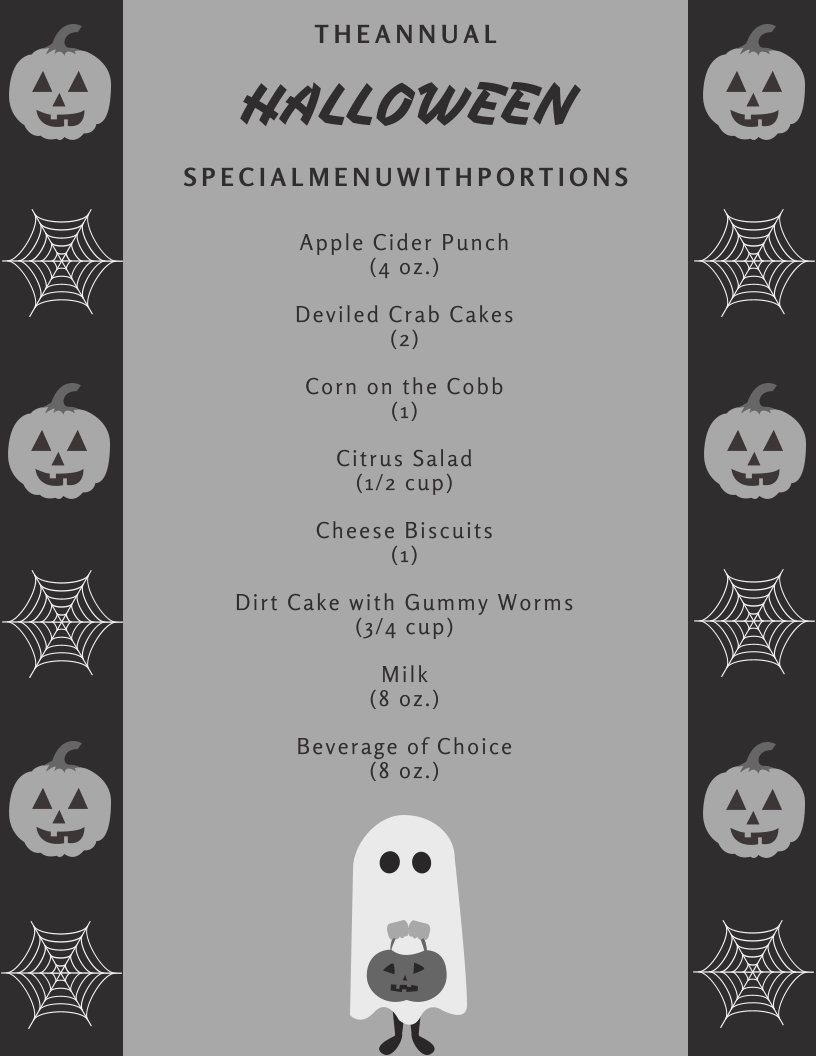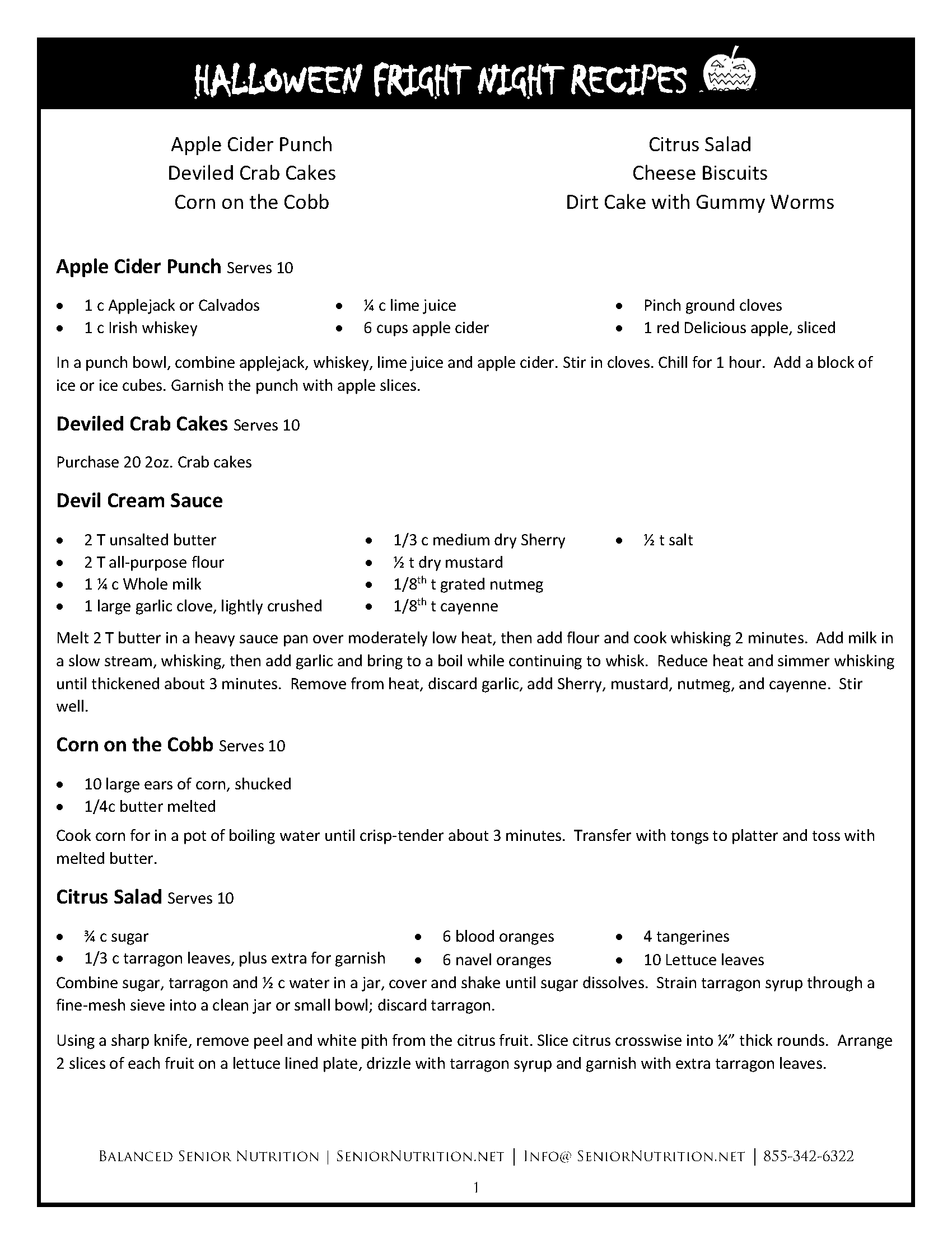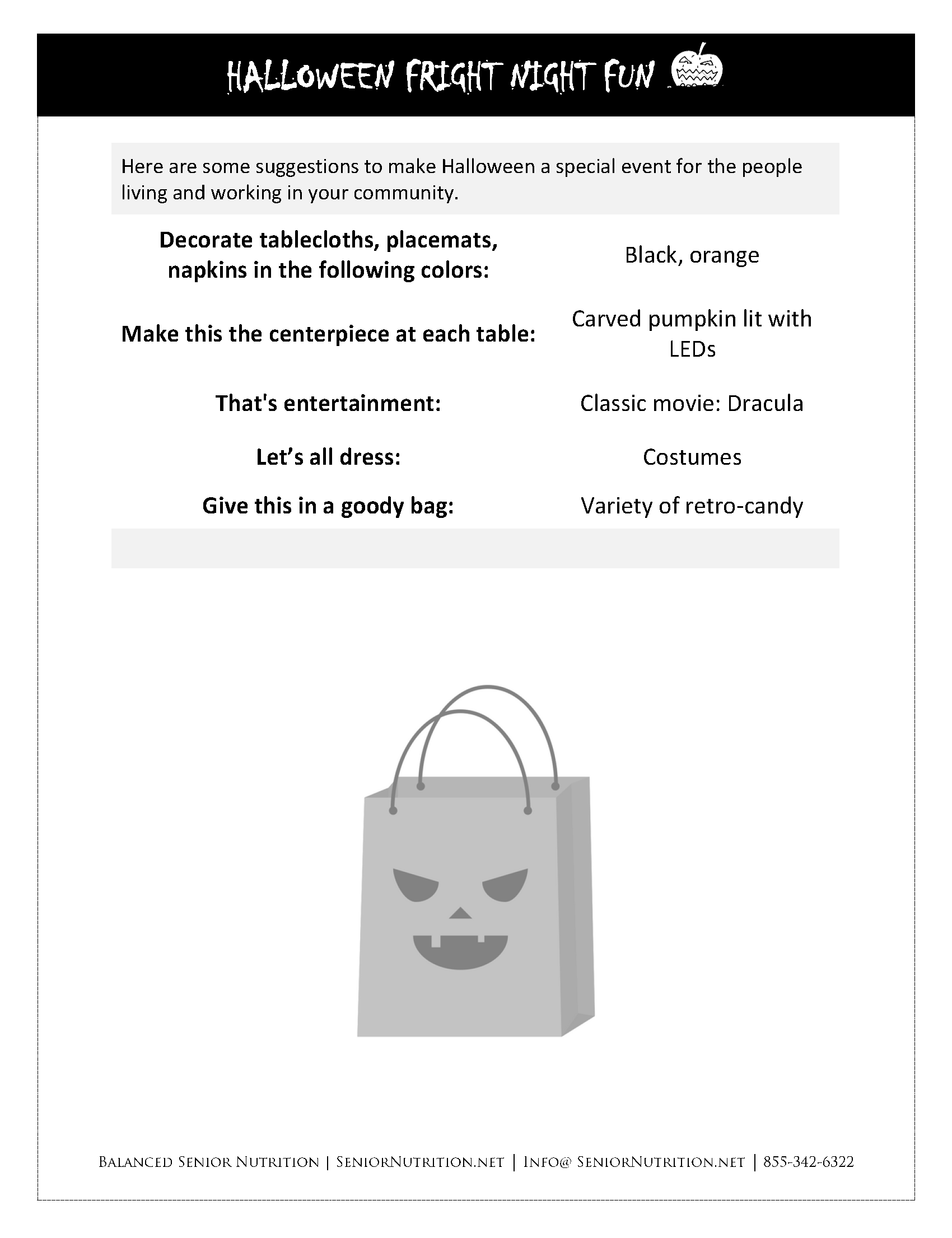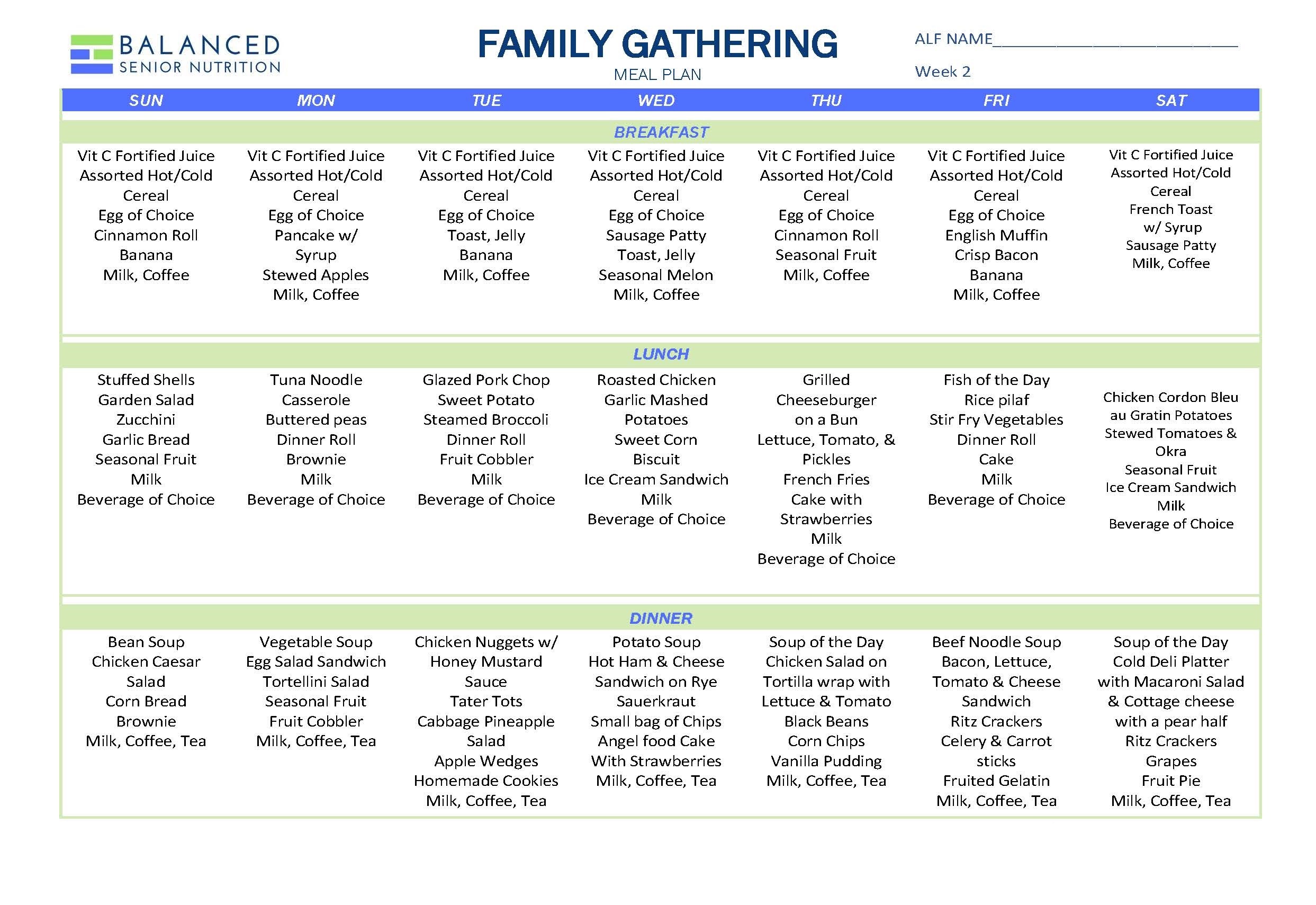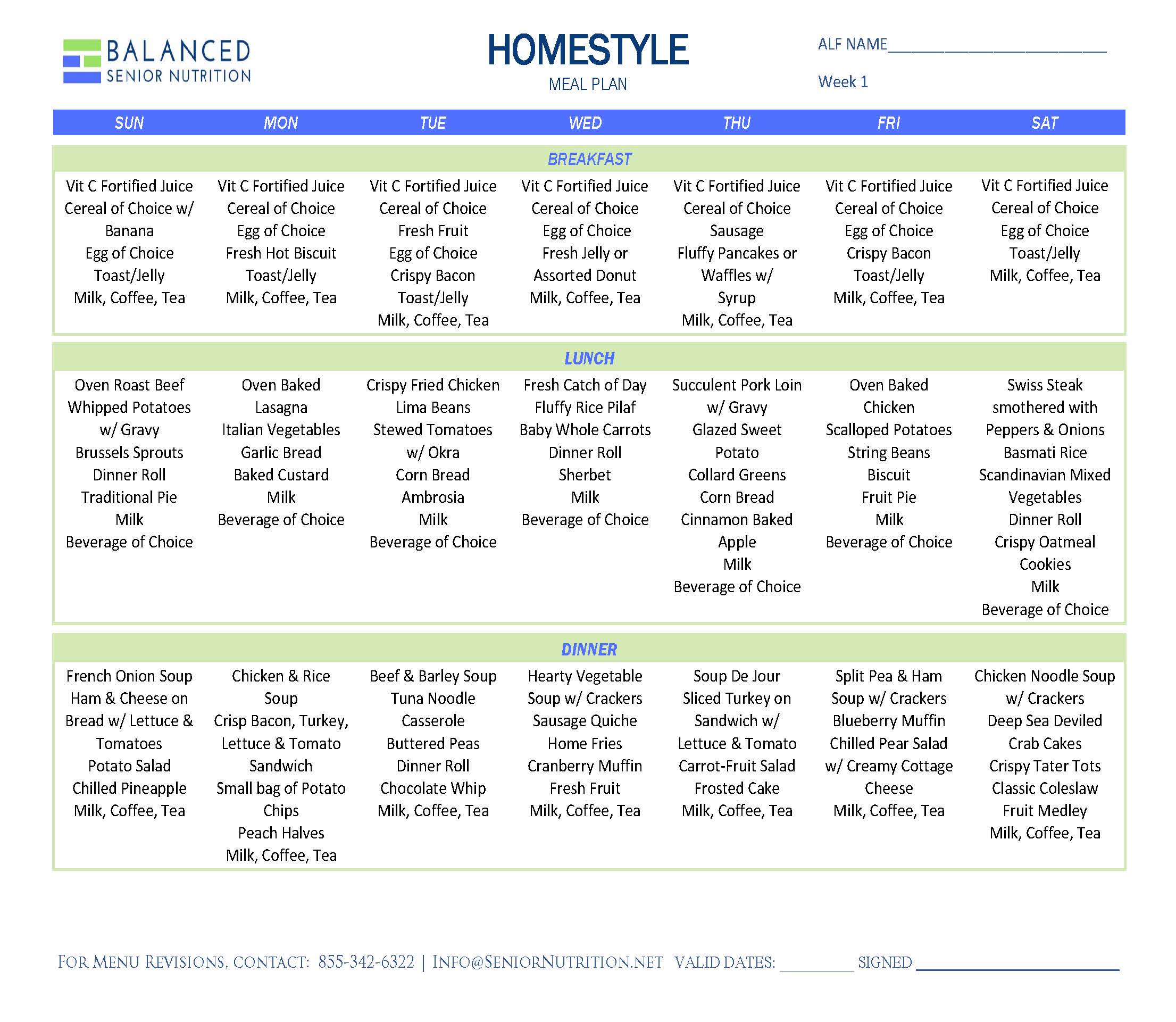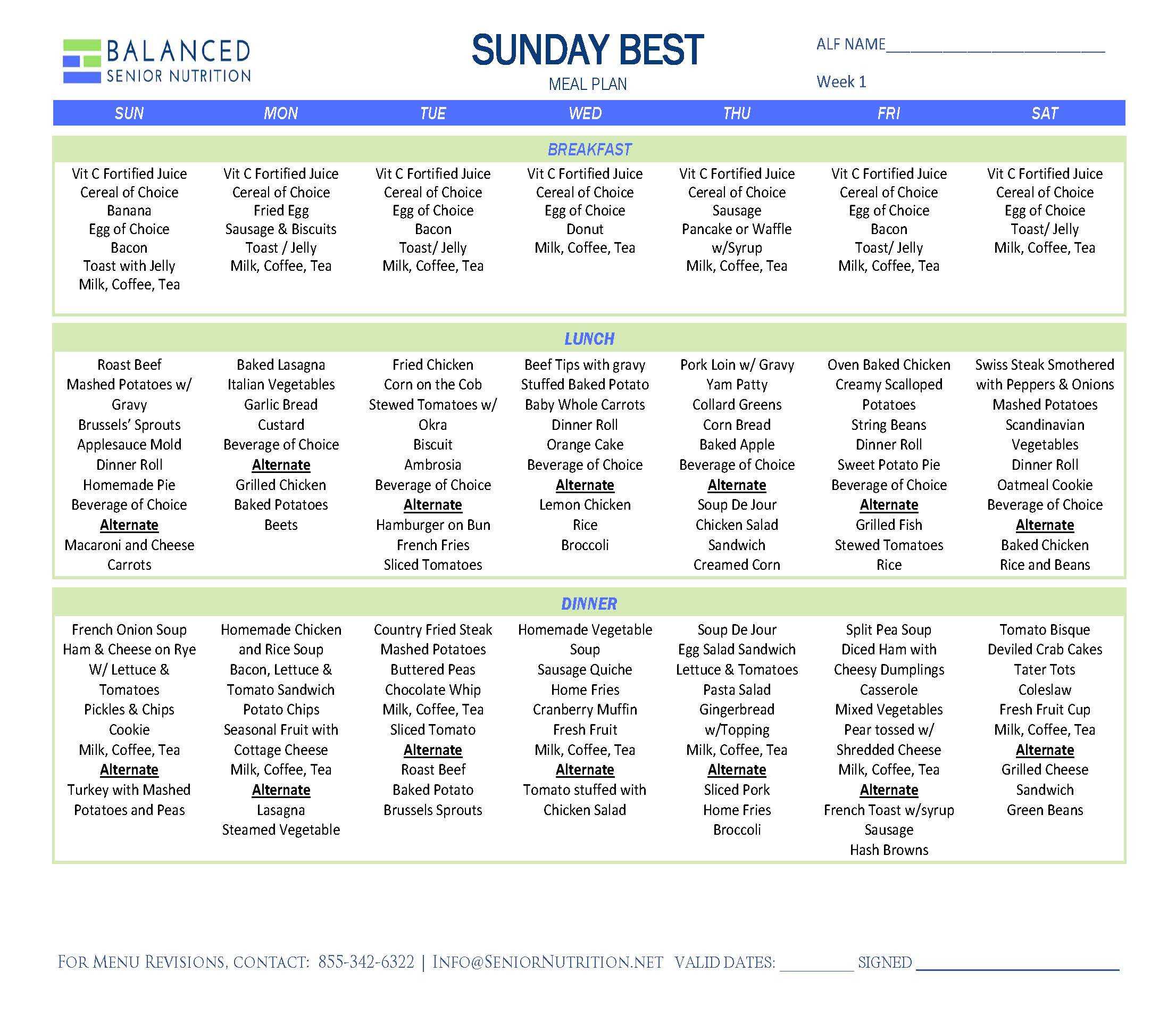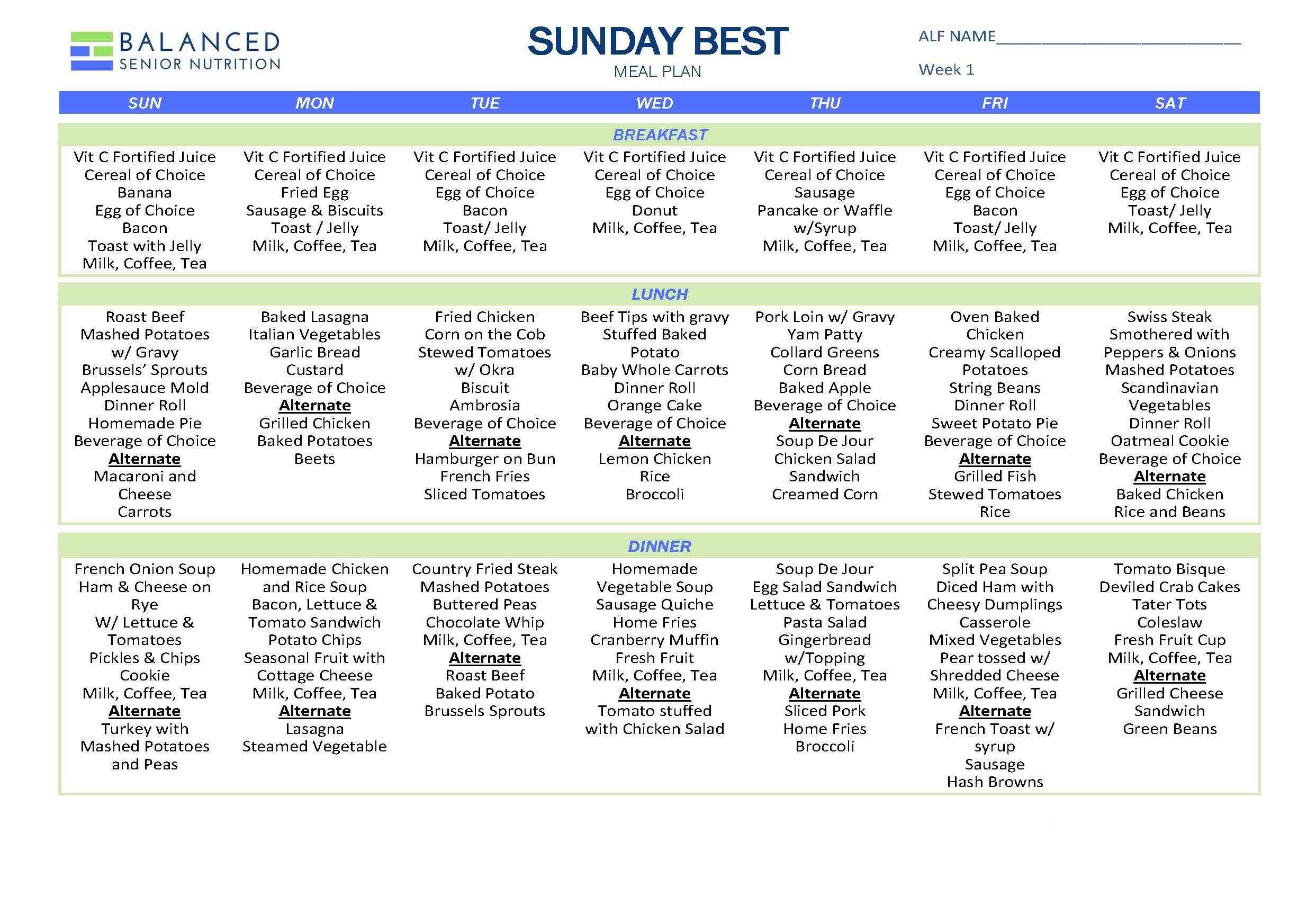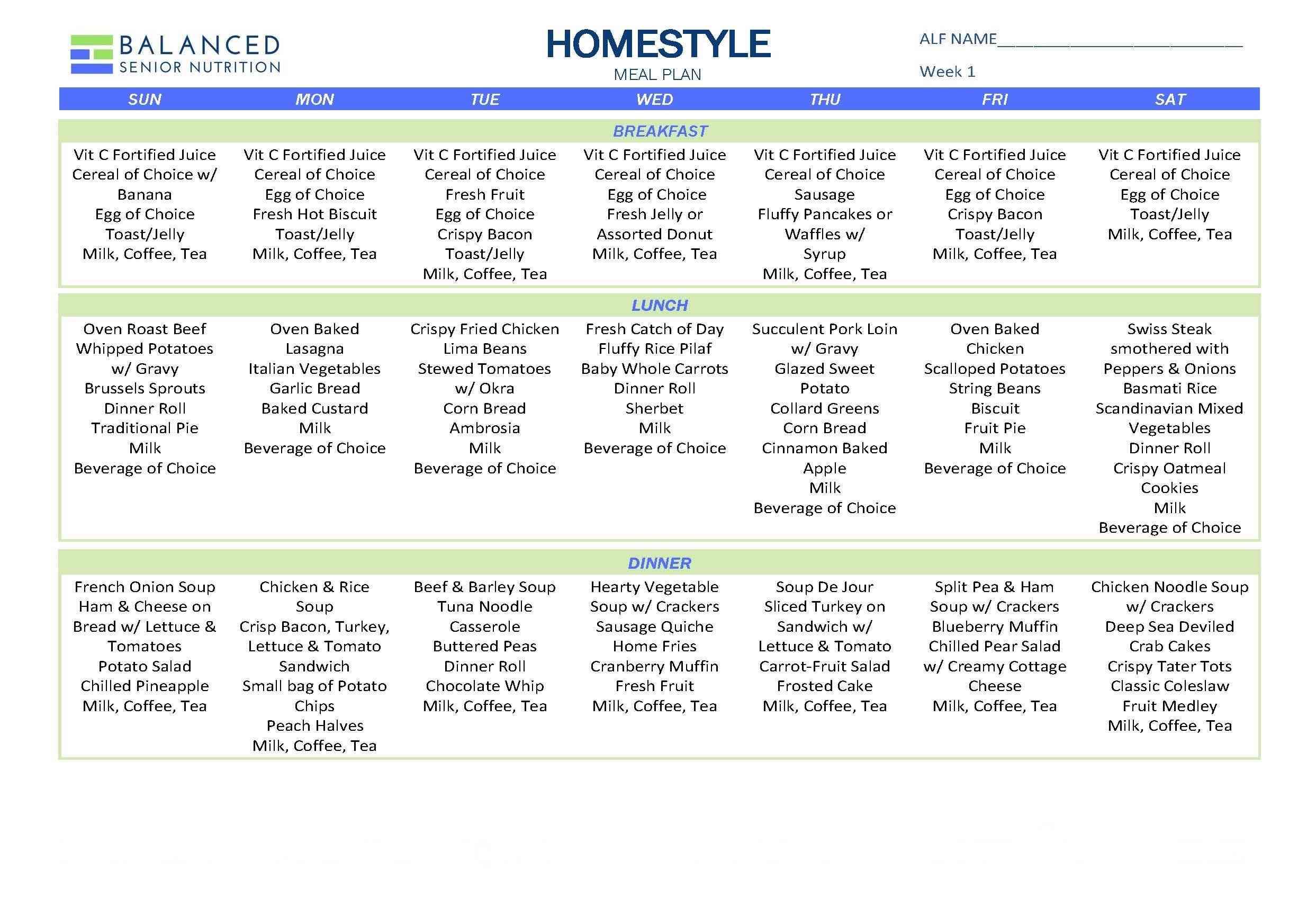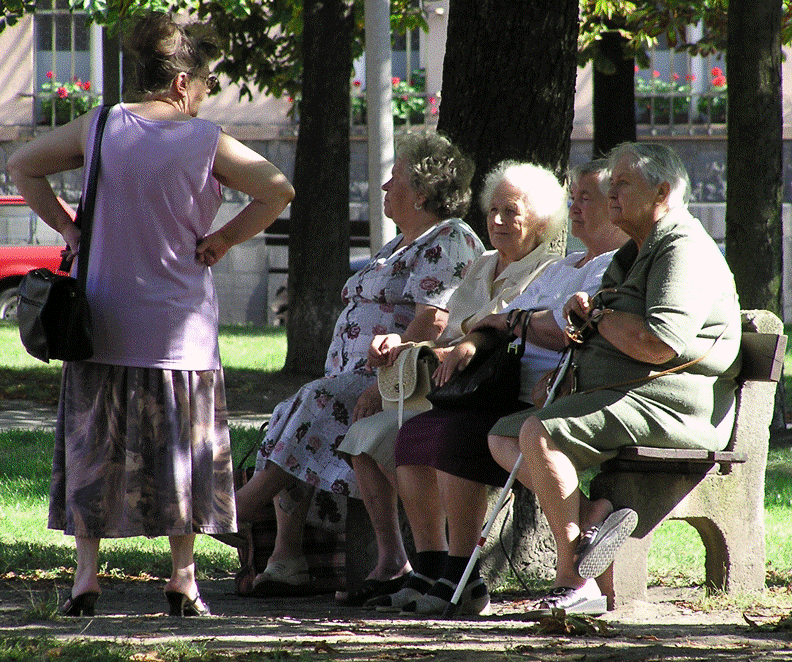
Do you know someone who eats like a bird and sometimes you worry about her, even though she’s not losing weight and still gets around like a spring chicken. This seeming contradiction happens because, as we age, our energy requirements aren’t as great, but we still need the vitamins and minerals that we’ve always needed. The reason a person can eat less food and yet stay at the same weight.is that she eats a healthy, nutrient-dense diet loaded with vitamin and mineral-rich fruits and vegetables, meats and dairy for protein, and not too many sweets or processed foods. Since her energy requirements aren’t as great as they used to be, she doesn’t require as much food to stay at a healthy weight. The key is that a person must eat the right way for her age and nutritional needs.
Did Chew Know? “Food is an essential component of quality of life; an unacceptable or unpalatable diet can lead to poor food and fluid intake, resulting in weight loss and undernutrition and a spiral of negative health effects.” — ADA Position Paper Liberalization of the Diet Prescription Improves Quality of Life for Older Adults in Long‐Term Care 2005.
Older adults who do not eat such nutrient-dense foods put their health at risk. Seniors who gobble junk foods that are high in fats and added sugar, as many Americans do, put themselves in danger of becoming what is known is fat-frail. Fat-frail means that they are overweight, but that extra weight is not supported by their diminished muscle mass, hence the term fat-frail. Putting all those empty calories into a body that can’t support the weight is a recipe for a fall or joint problems. The other problem with eating all those empty-calorie foods is that they take the place of the nutrient-dense foods that supply the vitamins and minerals an elderly person still needs to remain healthy and that substitution could lead to malnutrition even if that person is not particularly skinny.
On the flip side of junk food consumption, older adult who eat foods loaded with empty calories and few nutrients, but don’t eat enough of them to maintain their weight can also suffer from malnutrition, because they’re not getting the energy, vitamins or minerals that a healthy diet would provide. Complicating the issue is that almost 80% of older adults have a chronic medical condition, and half of all older adults have two or more for which they take medications that may suppress appetite. This is especially true in nursing home communities where the percentage of people with medical conditions may run even higher and diet is usually dictated by diagnosis which leads to dietary restrictions that make it difficult for residents to work up an appetite.
Did Chew Know? “25% of nursing home residents experienced weight loss when research staff conducted standardized weighing procedures over time.” – Journal of the American Geriatrics Society, 2009
The best way to get these older adults in long-term care, whether sick or healthy, to eat a nutrient-rich diet is to step outside the box and let them do what my mother does naturally at home, and that is to eat the foods she wants. Just because people with medical conditions go into a long-term care community doesn’t mean those people lose the right to choose what they want to eat; it just means that each person needs to make an informed choice about their diet based upon the risk and benefits of that decision. Liberalizing the diets of elderly people with medical problems is one of the cornerstones of person-directed dining practices, supported by federal regulations and organizations that support them. The Center for Medicare and Medicaid Services puts it simply: liberalized diets should be the norm; restricted diets should be the exception. Long-term care communities must take this recommendation to heart and work hard to try to liberalize the diets of the people in their care to make dining a delight for all.

